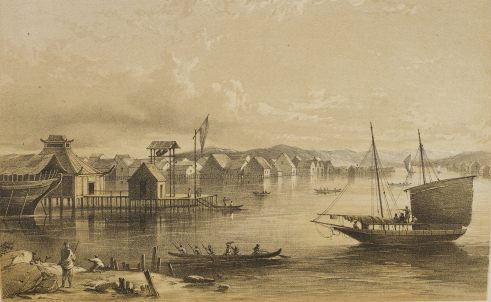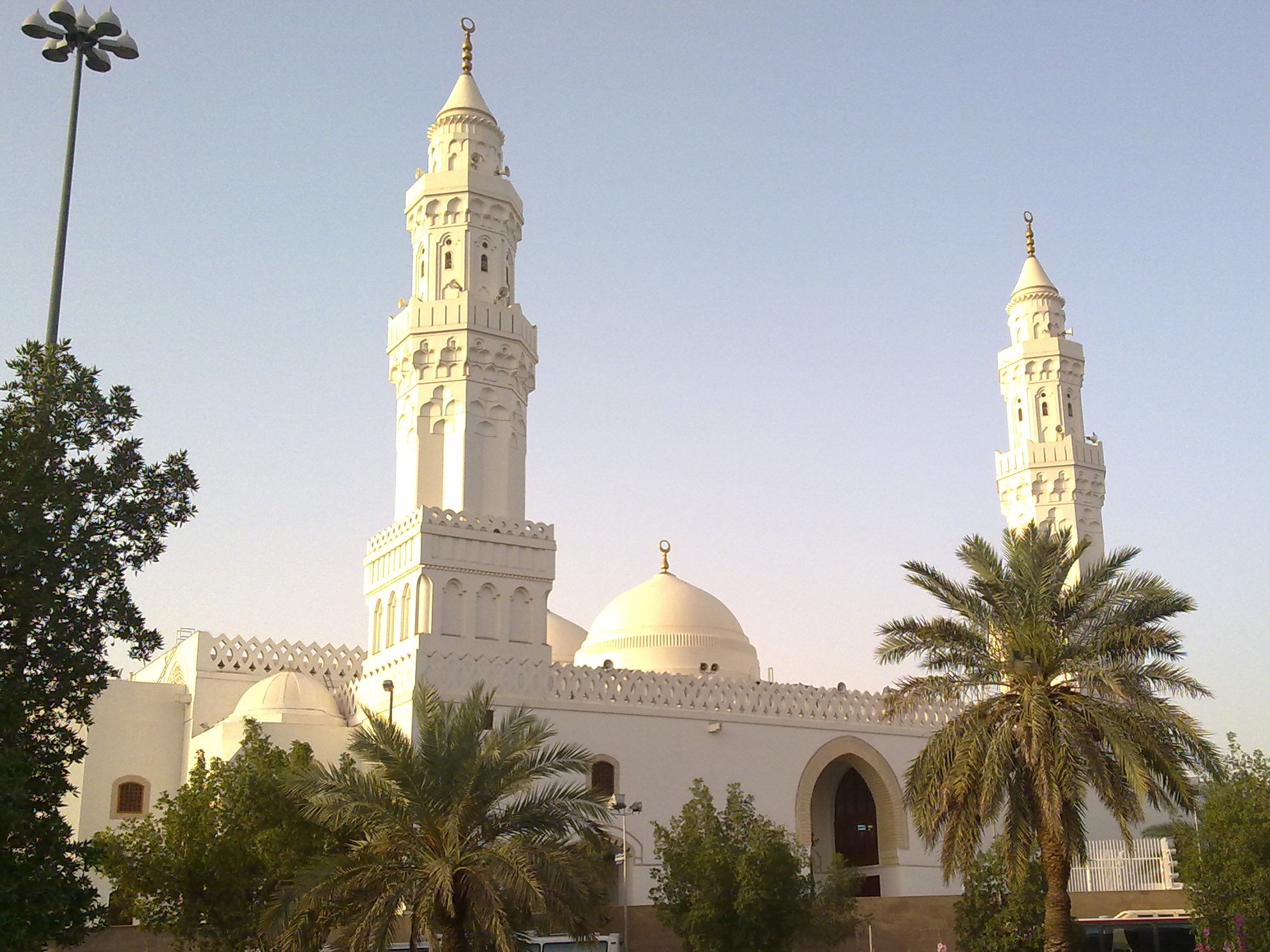|
Ash-Shaliheen Mosque
The Ash Shaliheen Mosque ( ms, Masjid Ash-Shaliheen) is a mosque located besides the Prime Minister's Office Complex in Bandar Seri Begawan, Brunei. Structure The mosque is built in the Moroccan style by Egyptian architect Abdel-Wahed El-Wakil, winner of the 2009 Driehaus Prize and part of the New Classical architecture, New Classical movement. The mosque has a glass retractable roof for convenience of the faithful. The mosque was completed in June 2012 and can seat up to 1000 people at a time. See also * List of mosques in Brunei References 2012 establishments in Brunei Mosques completed in 2012 Mosques in Brunei New Classical architecture Abdel-Wahed El-Wakil buildings {{Brunei-mosque-stub ... [...More Info...] [...Related Items...] OR: [Wikipedia] [Google] [Baidu] |
Islam
Islam (; ar, ۘالِإسلَام, , ) is an Abrahamic religions, Abrahamic Monotheism#Islam, monotheistic religion centred primarily around the Quran, a religious text considered by Muslims to be the direct word of God in Islam, God (or ''Allah'') as it was revealed to Muhammad, the Muhammad in Islam, main and final Islamic prophet.Peters, F. E. 2009. "Allāh." In , edited by J. L. Esposito. Oxford: Oxford University Press. . (See alsoquick reference) "[T]he Muslims' understanding of Allāh is based...on the Qurʿān's public witness. Allāh is Unique, the Creator, Sovereign, and Judge of mankind. It is Allāh who directs the universe through his direct action on nature and who has guided human history through his prophets, Abraham, with whom he made his covenant, Moses/Moosa, Jesus/Eesa, and Muḥammad, through all of whom he founded his chosen communities, the 'Peoples of the Book.'" It is the Major religious groups, world's second-largest religion behind Christianity, w ... [...More Info...] [...Related Items...] OR: [Wikipedia] [Google] [Baidu] |
Bandar Seri Begawan
Bandar Seri Begawan (BSB; Jawi: بندر سري بڬاوان; ) is the capital city of Brunei. It is officially a municipal area () with an area of and an estimated population of 100,700 as of 2007. It is part of Brunei-Muara District, the smallest yet most populous district which is home to over 70 per cent of the country's population. It is the country's largest urban centre and nominally the country's only city. The capital is home to Brunei's seat of government, as well as a commercial and cultural centre. It was formerly known as Brunei Town until it was renamed in 1970 in honour of Sultan Omar Ali Saifuddien III, the 28th Sultan of Brunei and the father of the current Sultan Hassanal Bolkiah. The history of Bandar Seri Begawan can be traced back to the establishment of a Malay stilt settlement on the waters of the Brunei River which became the predecessor of Kampong Ayer today. It became the capital of the Bruneian Sultanate from the 16th century onwards, as well ... [...More Info...] [...Related Items...] OR: [Wikipedia] [Google] [Baidu] |
Brunei
Brunei ( , ), formally Brunei Darussalam ( ms, Negara Brunei Darussalam, Jawi: , ), is a country located on the north coast of the island of Borneo in Southeast Asia. Apart from its South China Sea coast, it is completely surrounded by the Malaysian state of Sarawak. It is separated into two parts by the Sarawak district of Limbang. Brunei is the only sovereign state entirely on Borneo; the remainder of the island is divided between Malaysia and Indonesia. , its population was 460,345, of whom about 100,000 live in the capital and largest city, Bandar Seri Begawan. The government is an absolute monarchy ruled by its Sultan, entitled the Yang di-Pertuan, and implements a combination of English common law and sharia law, as well as general Islamic practices. At the peak of the Bruneian Empire, Sultan Bolkiah (reigned 1485–1528) is claimed to have had control over most regions of Borneo, including modern-day Sarawak and Sabah, as well as the Sulu Archipelago off ... [...More Info...] [...Related Items...] OR: [Wikipedia] [Google] [Baidu] |
Sunni Islam
Sunni Islam () is the largest branch of Islam, followed by 85–90% of the world's Muslims. Its name comes from the word '' Sunnah'', referring to the tradition of Muhammad. The differences between Sunni and Shia Muslims arose from a disagreement over the succession to Muhammad and subsequently acquired broader political significance, as well as theological and juridical dimensions. According to Sunni traditions, Muhammad left no successor and the participants of the Saqifah event appointed Abu Bakr as the next-in-line (the first caliph). This contrasts with the Shia view, which holds that Muhammad appointed his son-in-law and cousin Ali ibn Abi Talib as his successor. The adherents of Sunni Islam are referred to in Arabic as ("the people of the Sunnah and the community") or for short. In English, its doctrines and practices are sometimes called ''Sunnism'', while adherents are known as Sunni Muslims, Sunnis, Sunnites and Ahlus Sunnah. Sunni Islam is sometimes refe ... [...More Info...] [...Related Items...] OR: [Wikipedia] [Google] [Baidu] |
Abdel-Wahed El-Wakil
Abdel-Wahed El-Wakil ( ar, عبد الواحد الوكيل, born 7 August 1943) is an Egyptian architect who designed over 15 mosques in Saudi Arabia and is considered by many as the foremost contemporary authority in Islamic architecture. For designing in traditional styles, he is also a representative of New Classical Architecture. Life Education. El-Wakil's early education in Egypt was at the British schools of Victoria College and the English School. In 1960, he obtained his GCE and graduated with a distinction in Applied Mathematics, Art, Physics, and Chemistry. In the same year, he joined the Faculty of Engineering at Ain Shams University and in 1965 acquired his BSc in Architecture with Distinction and First Honours Degree. It was while studying for his degree that El-Wakil became acquainted with the writings of English critic John Ruskin. Ruskin's descriptions of what he termed an "arborescent" quality in architecture (a bold structure of decoration, legible ... [...More Info...] [...Related Items...] OR: [Wikipedia] [Google] [Baidu] |
Mosque
A mosque (; from ar, مَسْجِد, masjid, ; literally "place of ritual prostration"), also called masjid, is a place of prayer for Muslims. Mosques are usually covered buildings, but can be any place where prayers ( sujud) are performed, including outdoor courtyards. The first mosques were simple places of prayer for Muslims, and may have been open spaces rather than buildings. In the first stage of Islamic architecture, 650-750 CE, early mosques comprised open and closed covered spaces enclosed by walls, often with minarets from which calls to prayer were issued. Mosque buildings typically contain an ornamental niche ('' mihrab'') set into the wall that indicates the direction of Mecca (''qiblah''), Wudu, ablution facilities. The pulpit (''minbar''), from which the Friday (jumu'ah) sermon (''khutba'') is delivered, was in earlier times characteristic of the central city mosque, but has since become common in smaller mosques. Mosques typically have Islam and gender se ... [...More Info...] [...Related Items...] OR: [Wikipedia] [Google] [Baidu] |
Mosque
A mosque (; from ar, مَسْجِد, masjid, ; literally "place of ritual prostration"), also called masjid, is a place of prayer for Muslims. Mosques are usually covered buildings, but can be any place where prayers ( sujud) are performed, including outdoor courtyards. The first mosques were simple places of prayer for Muslims, and may have been open spaces rather than buildings. In the first stage of Islamic architecture, 650-750 CE, early mosques comprised open and closed covered spaces enclosed by walls, often with minarets from which calls to prayer were issued. Mosque buildings typically contain an ornamental niche ('' mihrab'') set into the wall that indicates the direction of Mecca (''qiblah''), Wudu, ablution facilities. The pulpit (''minbar''), from which the Friday (jumu'ah) sermon (''khutba'') is delivered, was in earlier times characteristic of the central city mosque, but has since become common in smaller mosques. Mosques typically have Islam and gender se ... [...More Info...] [...Related Items...] OR: [Wikipedia] [Google] [Baidu] |
The Straits Times
''The Straits Times'' is an English-language daily broadsheet newspaper based in Singapore and currently owned by SPH Media Trust (previously Singapore Press Holdings). ''The Sunday Times'' is its Sunday edition. The newspaper was established on 15 July 1845 as ''The Straits Times and Singapore Journal of Commerce''. ''The Straits Times'' is considered a newspaper of record for Singapore. The print and digital editions of ''The Straits Times'' and ''The Sunday Times'' have a daily average circulation of 364,134 and 364,849 respectively in 2017, as audited by Audit Bureau of Circulations Singapore. Myanmar and Brunei editions are published, with newsprint circulations of 5,000 and 2,500 respectively. History The original conception for ''The Straits Times'' has been debated by historians of Singapore. Prior to 1845, the only English-language newspaper in Singapore was ''The'' ''Singapore Free Press'', founded by William Napier in 1835. Marterus Thaddeus Apcar, an Armenian ... [...More Info...] [...Related Items...] OR: [Wikipedia] [Google] [Baidu] |
Driehaus Prize
The Driehaus Architecture Prize, fully named The Richard H. Driehaus Prize at the University of Notre Dame, is a global award to honor a major contributor in the field of contemporary traditional and classical architecture. The Driehaus Prize was conceived as an alternative to the predominantly modernist Pritzker Prize. It was initiated by fund manager and philanthropist Richard Driehaus and established in 2003 by the ''Richard H. Driehaus Charitable Lead Trust''. It is presented annually through the classical-teaching School of Architecture at the University of Notre Dame in Indiana, United States. The most recent prize winner of 2020 is Ong-ard Satrabhandhu, who received the award during a ceremony on March 28 in Chicago. The 2019 laureate was Maurice Culot oARCAS Architecture & Urbanism The jury also awards the Henry Hope Reed Award (given in conjunction with the Driehaus Prize) to an individual working outside the practice of architecture, who has supported the cultivation ... [...More Info...] [...Related Items...] OR: [Wikipedia] [Google] [Baidu] |
New Classical Architecture
New Classical architecture, New Classicism or the New Classical movement is a contemporary movement in architecture that continues the practice of Classical architecture. It is sometimes considered the modern continuation of Neoclassical architecture, even though other styles might be cited as well, such as Gothic, Baroque, Renaissance or even non- Western styles - often referenced and recreated from a postmodern perspective as opposed to being strict revival styles. The design and construction of buildings in ever-evolving classical styles continued throughout the 20th and 21st centuries, even as modernist and other non-classical theories broke with the classical language of architecture. The new classical movement is also connected to a surge in new traditional architecture, that is crafted according to local building traditions and materials. Development In Britain during the 1950s and 1960s, a handful of architects continued to design buildings in a neoclassical style, ... [...More Info...] [...Related Items...] OR: [Wikipedia] [Google] [Baidu] |
List Of Mosques In Brunei ...
This is a list of mosques in Brunei. As of 2019, there were 118 Islamic places of worship, including 102 Mosques, 5 Surau and 11 ("worship halls"). Brunei-Muara District Belait District Tutong District Temburong District See also * Islam in Brunei References External linksList of Mosques in Brunei {{List of mosques Brunei Mosques A mosque (; from ar, مَسْجِد, masjid, ; literally "place of ritual prostration"), also called masjid, is a place of prayer for Muslims. Mosques are usually covered buildings, but can be any place where prayers ( sujud) are performed, i ... [...More Info...] [...Related Items...] OR: [Wikipedia] [Google] [Baidu] |
.jpg)






